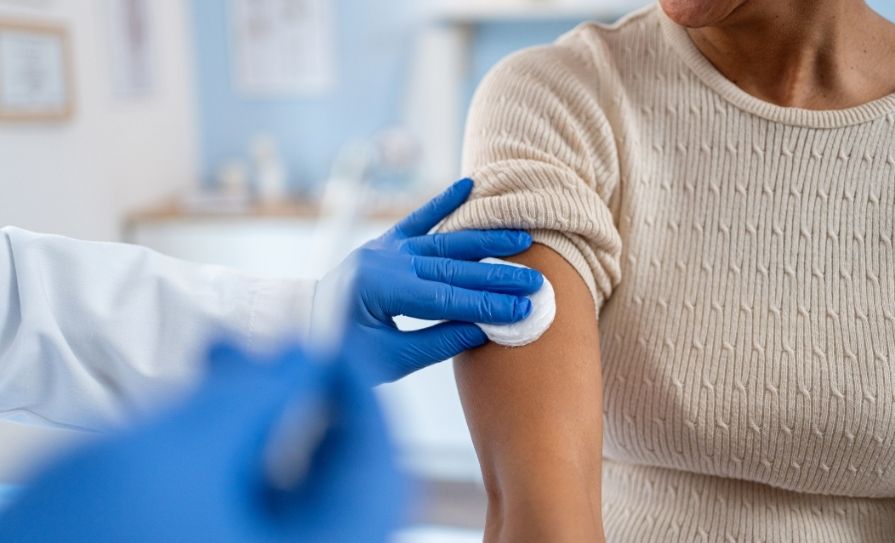The scope of community pharmacy practice and the sector’s regulation, distribution of medicines and remuneration are among the aspects explored in a new report published by the International Pharmaceutical Federation (FIP) recently. The report presents data from 79 countries that took part in a detailed survey between November 2020 and January 2021, giving the most up-to-date snapshot of the state of community pharmacy
around the world
“Community Pharmacy Global Report 2021 builds on FIP’s previous (2016) report. Findings include
a 12.1 per cent increase in the average density of community pharmacists per 10,000 population (since 2016), currently at 5.19 (n=42), and an 11.2 per cent increase in the number of community pharmacies per 10,000 population, currently at 2.78 (n=50),” said Mr Lars-Åke Söderlund, President, FIP Community Pharmacy Section
“The global community pharmacy landscape is in constant evolution, with influencing factors including changing needs emerging technologies and trends in regulation and self-care, as well as the Covid-19 pandemic. This
continued research and sharing of knowledge by FIP is important in order for us to ensure that community pharmacy is well prepared to serve our populations in the future, to indicate what and where the shortfalls are, and to set directions for work. This new FIP report is most valuable — together with the FIP Development Goals, it provides inspiration for the transformation of pharmacy in a changing healthcare and consumer context.”
The 2021 report raises concerns over access to community pharmacies and pharmacists, and patient safety in some regions. For example, in general, low-income countries were found to have less than one pharmacy per 10,000 population, said the FIP. “Low access to pharmacies can translate to difficulties in having timely access to medicines and the professional services of pharmacists, and ensuring responsible use of medicines,” Mr Söderlund explained. Africa, the Eastern Mediterranean and South-East Asia reported a higher frequency of non-prescription medicines being sold outside community pharmacies, with a likely lack of professional advice and no guarantee of quality assurance.
Furthermore, in the African and South-East Asian regions, the ratio between pharmacists and pharmacies is below 1, suggesting that some pharmacies are operating without apharmacist. The European region and high- and middle-income countries have seen an increase in this indicator, but other regions have seen a decrease, suggesting an uneven evolution of workforce capacity around the world.
In terms of expanded scope of community pharmacy services, Mr Söderlund said that a high ratio of pharmacists per pharmacy is a driver for implementing additional services and better patient care. Services such as dispensing emergency contraception or prescription renewals for patients with chronic conditions are present in more than 50 per cent of the countries and territories surveyed (n=79). Services such as home deliveries (68 per cent), home care and medicines review (51 per cent) and the provision of medicines to care or nursing homes (54 per
cent) are likely to have increased during the pandemic, the authors wrote. They added that although disease screening services are provided by pharmacies in some countries, more focus on these is needed — as of December 2020, only 18 per cent had pharmacies performing Covid-19 testing and 19 per cent HIV testing.
In relation to remuneration models, the report indicates that product-based remuneration is still the most common model around the world and that in 57 per cent of countries (n=37), pharmacies are remunerated via multiple contractual agreements. “This may lead to greater complexity, but may offer greater flexibility for achieving remuneration for services. However, the low number of service-based remuneration models may limit service delivery and FIP will continue to advocate remuneration of services by third-party payers,” he added.







